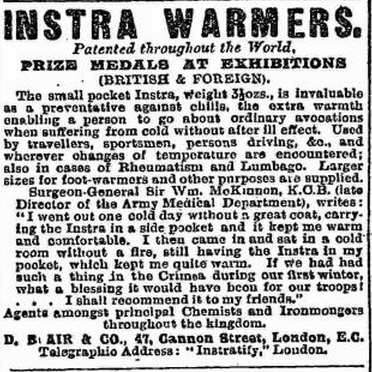 Source: The Sporting Times, 28 January 1899.
Source: The Sporting Times, 28 January 1899.
Although this product isn’t solely medical, its advertising did claim that it could prevent chills, colds, rheumatism and lumbago, and alleviate toothache, neuralgia and sciatica.
Whether or not it could effectively combat these ailments is doubtful, but it nevertheless sounds like a useful gadget for the depths of winter.
The 12th Earl of Dundonald patented the Instra warmer in 1896, and soon developed a whole range of products under the motto ‘Warmth is Life’. The standard version was the pocket warmer, a slim contraption available in embossed German silver at 12s 6d or without the decoration for 7s 6d. Plebs need not miss out as there was a tin alternative at a bargain 3s 6d.
The Instra came with refills that you had to light with a match and place into the outer casing. They had to be put in non-burning end first, which sounds tricky. I don’t know what the fuel was, but the makers claimed it was lightweight and slow-burning. A single cartridge weighed only one seventh of an ounce and would give out heat for three to four hours. Surrounding the cartridge were layers of gauze padding to stop sparks getting through. The device could then be used in various ways:
To be warm, put in side pocket; to be warmer, hook up just behind and below the hip bone underneath the coat; if very chill, hook up on one or other side of the back bone between the shoulders; for railway travelling, get the anklet strap; to air a damp bed quickly, put a chair in the bed and the Instra inside.
The pocket warmer was only one part of the range – there was also an Instra Chest Stove to wear strapped to one’s bosom. Supposedly contoured to the shape of the chest, in pictures it looks decidedly uncomfortable, and not very accommodating for ladies of Rubenesque stature.
For cyclists, however, the Instra range was a boon. The pocket warmers could be strapped to the ankles on chilly days, and Instra Bicycle Handles were the ideal way of keeping the rider’s hands warm. For equestrians there was the Instra Horse Stove, a large rectangular warmer costing over a pound. It’s not clear whether this was for the horse’s or the rider’s benefit, but it looks like it could be worn on the rider’s back and would certainly prevent slouching.
Happy customers testified to the Instra’s usefulness. Mrs Stone from the Isle of Wight said:
Thanks for the Instra warmer, which I place in my muff and thus save my fingers from being half frozen.
while The Rev E.R. Burroughs commented on the product’s versatility:
I am much pleased with the pocket ‘Instra.’ Another use to which it can be put is that of drying clothes in a drawer, and airing them if they are likely to be damp.
All in all, an admirable product that would of great service in 21st-century winters. The health and safety concerns of carrying lit fuel in one’s clothing are put to rest by the advertising pamphlet:
To show their safety, INSTRAs have been habitually carried in the same pocket mixed up with gunpowder cartridges.
Lord Dundonald (right) also invented the Constra bicycle saddle, a design that departed from the solid bone-shaking norm and consisted of leather straps stretched over a frame. This met with a mixed reception – Cycling magazine was dismissive, while The Nursing Record and Hospital World approved, saying that:
There is no tendency to jerk off, as with some saddles, and there is no injurious vibration when riding over rough roads.
They did admit they hadn’t actually tried it though.
.
.
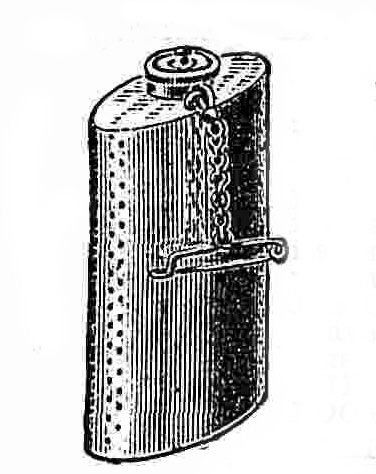
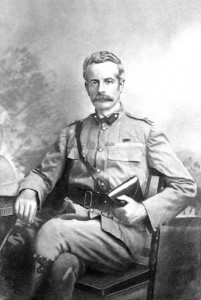
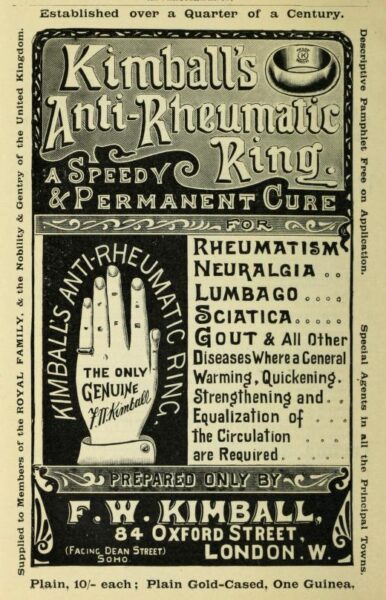
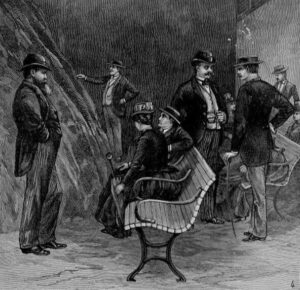
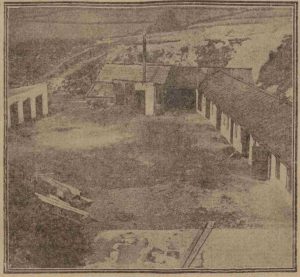
This was heated by compressed charcoal which will smolder for a long time giving off heat without smoke- used in large quantities indoor it also gives off dangerous fumes. You can still get charcoal hand warmers but they’ve been largely replaced by chemically activated warmers.
Thanks for the info, Eric – that’s really useful to know.
I once examined an early 20th C. example, it was mostly a pierced metal box enclosed in a flannel cover. The Engrish instructions said “It is most especialy recommended for the ladies with coldness of hands”
I just bought one 🙂
I’m just describing our Instra hand warmer for the museum blog and have found this site very useful. Thanks very much.
Rog
Thanks, Rog – glad to have been of help!
All I can say is thank goodness the medical profession has moved on from those days!
I was given a number of family pieces and that included an Instra hand-warmer, very nice decorations and the matching charcoal case with some charcoal still intact. Any thoughts how I can narrow down the dates mine were issued and a possible value. They will stay with the family. Thank you.
Hi Rose, I’m afraid I don’t have much knowledge of antiques so I can’t really help with this but you could try Worthpoint http://www.worthpoint.com. They might have something similar listed, but if not they have an appraisal service where you can ask an expert.